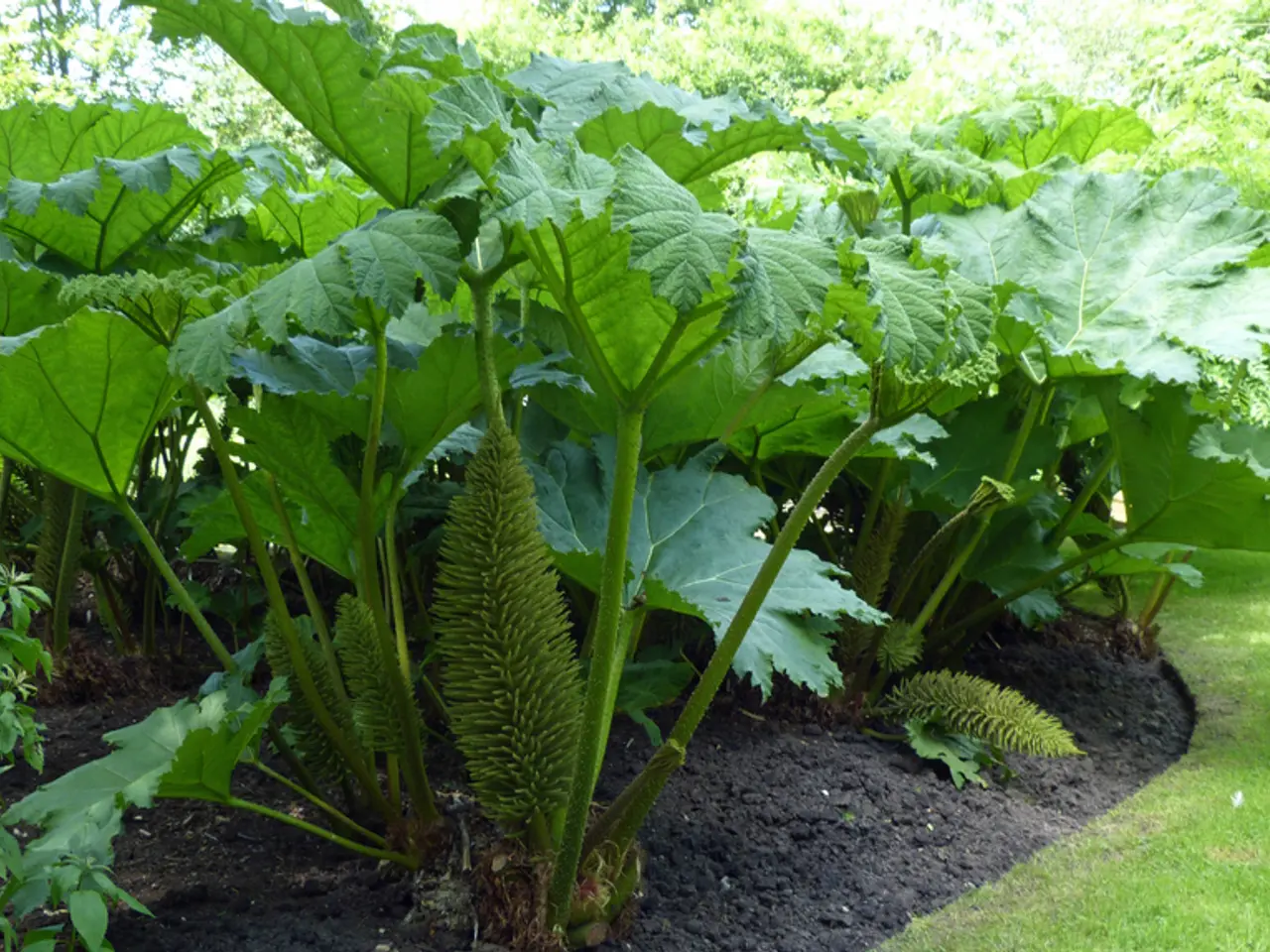Optimizing Nutrition for Vibrant Container Gardens
Optimizing Nutrient Management in Raised Bed Vegetable Gardens
Growing a thriving vegetable garden in raised beds requires careful attention to nutrient management. By following these key strategies, you can ensure a bountiful harvest from your garden.
Start with a Nutrient-Rich Soil Mix
The foundation of any successful garden is a nutrient-rich soil mix. A blend of compost, vermicompost (worm castings), and properly aged manure, mixed with good drainage materials like sand or perlite, provides slow-release nutrients and improves soil structure and water retention.
Apply Balanced Fertilizers Early in Growth
After planting, apply a balanced fertilizer to meet the initial nutrient demands of your plants. Fertilize again every 4-6 weeks during the early growth stages. As plants begin fruiting, shift to fertilizers higher in potassium to boost crop quality.
Supplement Nutrients Midseason
Nitrogen, essential for vigorous plant growth, leaches from soils over time. To address deficiencies, supplement nitrogen midseason with side-dressing of fertilizers such as ammonium sulfate, calcium nitrate, or urea.
Choose Organic Fertilizer Options
Organic fertilizers like fish emulsion, compost, and bone meal support soil microbial health and root development, avoiding harsh chemicals. Ensure to follow the instructions on the package when using organic fertilizers to avoid over-fertilizing.
Conduct Soil Nutrient Testing
Before planting, test your soil for nutrient levels to tailor amendment and fertilizer inputs effectively. Adjust during the growing season based on plant appearance and growth symptoms.
Consider Foliar Feeding
During peak growth stages, foliar feeding with micronutrient-rich seaweed extract can facilitate rapid nutrient uptake.
Maintain Consistent Soil Moisture
Maintaining consistent soil moisture with drip irrigation, soaker hoses, and mulching supports nutrient availability and uptake, while avoiding overwatering prevents root problems that can impair nutrient absorption.
Crop Rotation
Crop rotation, such as planting beans after tomatoes to add nitrogen back to the soil, helps keep the soil healthy and balanced.
By following these practices, you can optimize the nutrient supply through the entire growth cycle, ensuring healthy, productive raised bed vegetable gardens. Happy gardening!
[1] Soil Science Society of America. (n.d.). Vermicompost. Retrieved from https://www.soils.org/soils-in-society/vermicompost
[2] National Gardening Association. (n.d.). Raised Bed Gardening: The Complete Guide. Retrieved from https://www.garden.org/learn/article/raised-bed-gardening-complete-guide
[3] University of Illinois Extension. (n.d.). Garden Fertilizer Basics. Retrieved from https://web.extension.illinois.edu/cfivt/garden/fertilizer-basics/
[4] University of California Agriculture and Natural Resources. (n.d.). Home Garden Vegetable Fertilization. Retrieved from https://ucanr.edu/sites/vegetableresearch/files/301993.pdf
- To prepare nutrient-rich soil for raised bed gardens, mix compost, vermicompost, and aged manure with sand or perlite.
- In the early growth stages, apply a balanced fertilizer and fertilize again every 4-6 weeks, then switch to higher potassium fertilizers as plants start fruiting.
- Since nitrogen leaches from soils, supplement nitrogen midseason with products like ammonium sulfate, calcium nitrate, or urea for healthy plant growth.
- For organically grown gardens, consider using fertilizers such as fish emulsion, compost, and bone meal, ensuring to follow package instructions to avoid over-fertilization.



